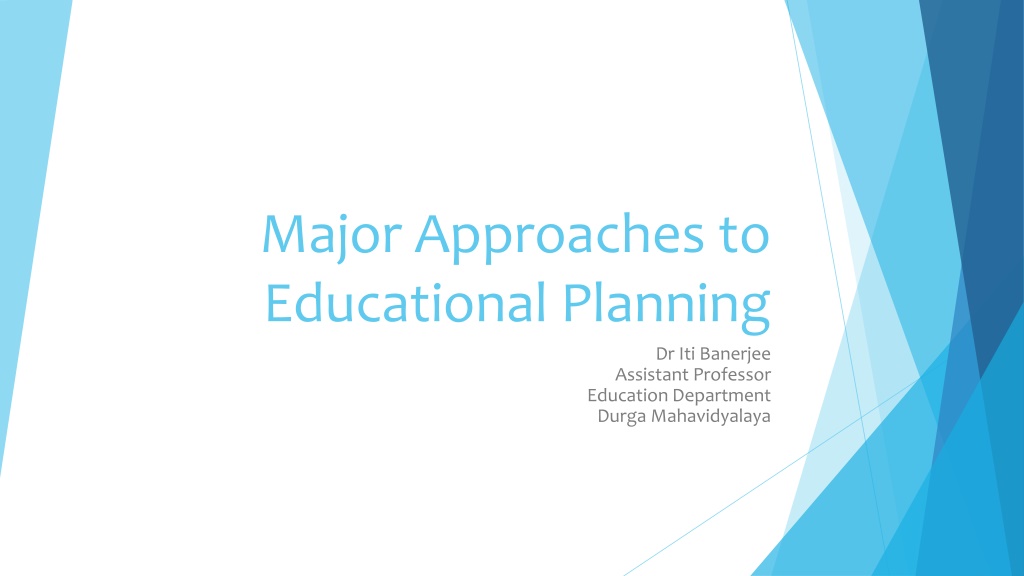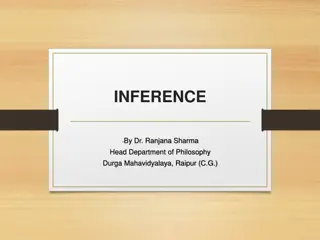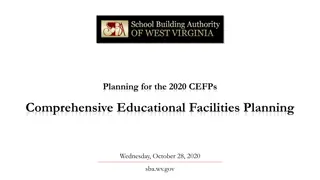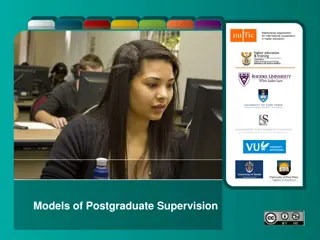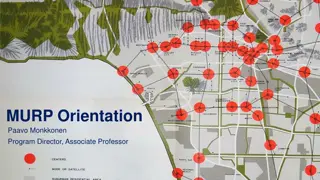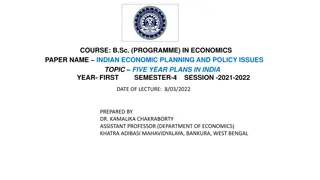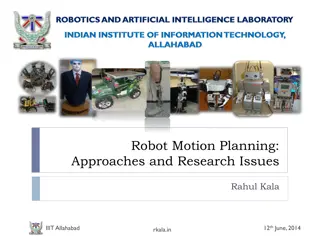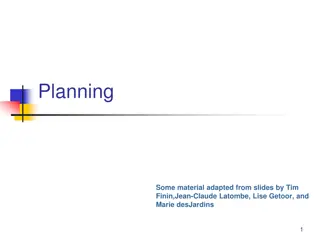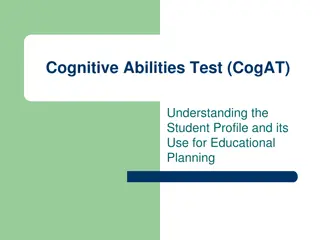Understanding Major Approaches to Educational Planning
Educational planning involves forecasting needs and setting up frameworks for national action. It plays a crucial role in linking education with economic development. Four major approaches to educational planning include Manpower Planning, Social Demand, Rate of Returns, and Social Justice approaches. The Manpower Planning approach focuses on estimating demand for human resources in different educational streams and levels, emphasizing the quality and quantity of workforce needed for economic growth. It involves analyzing current employment conditions, education systems, and optimizing financial resources to meet employment demands effectively.
Download Presentation

Please find below an Image/Link to download the presentation.
The content on the website is provided AS IS for your information and personal use only. It may not be sold, licensed, or shared on other websites without obtaining consent from the author. Download presentation by click this link. If you encounter any issues during the download, it is possible that the publisher has removed the file from their server.
E N D
Presentation Transcript
Major Approaches to Educational Planning Dr Iti Banerjee Assistant Professor Education Department Durga Mahavidyalaya
Major Approaches to Educational Planning The word planning has lost the undertones it had earlier of infringement with individual liberties and is becoming increasingly accepted by all as part of the vocabulary of development, each country having its own type of planning within its own political system. In what follows, planning refers to the system a country adopts of forecasting its needs and setting up a framework, or alternative frameworks, of national action to meet them. It deals with matters which are subject to forecast and to substitution and can never cover the whole policy.
Four major approaches to educational planning Manpower Planning Approach Social Demand Approach Rate of Returns Approach Social Justice Approach
Manpower Planning Approach In Manpower Planning Approach the general demand for and the capacity of supply of human resources in different streams of and at different levels of the educational sector are estimated. The approach asserts that the system of education produces the right quality of human resources with desirable knowledge, attitudes and skills in the right numbers and thus, education is directly linked with economic development.
Manpower Planning Approach The application of the manpower planning approach depends on these factors: A. An appraisal and analysis of the existing employment conditions and the system of education, Planning the system of education there four the manpower needs of the economy, and B. Using the financial resources (which are limited) in an optimum way so as to fulfill the demands of the employment sector without incurring wastage on account of unemployment. C. D. Making an appraisal of the number of students enrolled, the number of existing teachers and their qualifications, enrolment in teacher education institutions (availability of future teachers), as well as the existing number of school buildings, equipment, infrastructure and other facilities. The requirements of the employers regarding occupational and/ or professional qualifications for employees, their levels of training and abilities should also be assessed. E.
Manpower Planning Approach The manpower planning approach takes note of the fact that the teaching profession requires approximately 60% of the highly qualified human resources of a country which competes with the demand for manpower in other economic sectors. A detailed projection of the demand for human resources is difficult due to the uncertainty of productivity trends. Some developed countries such as Norway, France and Sweden estimate their future manpower needs so as to meet the demands of the economy whereas others such as Great Britain estimate the numbers to be educated on the basis of students demands.
Social Demand Approach This approach was used in the Robbins Committee Report on Higher Education in Britain. In India too, this approach is a popular one while opening new schools and colleges in particular. Social Demand Approach method are involved the following steps: To estimate the proportion of students completing school education and are likely to enter into higher education. a) To estimate how many of these successful school leaving students would actually apply for admission to colleges. b) To determine how many of the applicants should be given admission to higher education. c) To determine the length and duration of the study. d)
Social Demand Approach The major issue involved in this approach is to forecast future demands for seats keeping in mind social and educational trends as well as demographic changes. The underlying assumption in this approach is that expansion of education is beneficial to the economy and thus, additional expenditure on education would not create a burden too heavy to bear.
Social Justice Approach This approach emphasizes justice to the disadvantaged sections of society and is based on Article 45 of the Indian Constitution. This approach is aimed at making special provisions for the socially, economically and educationally disadvantaged communities for a longer duration. This includes opening Ashram schools for tribal areas, special concessions and scholarships, incentives and relaxation.
Rate of Returns Approach Investment in education should take place in such a way that the returns from the investment are equal to the returns from other kinds of investment of capital, e.g., investment in industry. This principle is known as equi-marginal returns in economic theory and could be extended to educational sector. This approach treats education as an investment in human capital and uses rate of returns as a criterion in allocation of financial resources. The approach implies that if the rate of return is low, expenditure on education should be curtailed. However, in reality, it is difficult to apply this approach to education due to problems associated with measuring rate of returns in education. An educated person s earnings or rate of returns depend upon his/her innate intelligence, parental socio-economic status, motivation and aspirations. Hence, it is not easy to attribute the rate of returns only to education acquired. Hence, this approach is least frequently applied to education. .
Thank You Thank You
